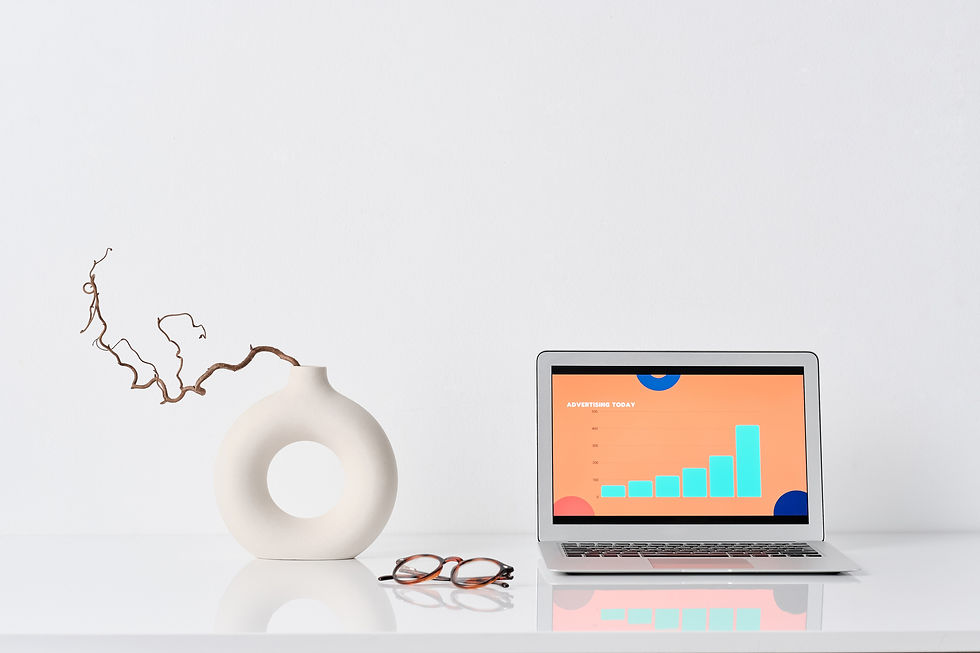How to Install Google Analytics 4 into a Shopify Store
- Logan McFarland
- Jul 15, 2023
- 2 min read
Google Analytics is a powerful tool for analyzing website traffic and user behavior. With the release of Google Analytics 4, also known as GA4, there are new features and benefits for Shopify store owners to take advantage of. In this blog post, we will walk through the steps to install Google Analytics 4 into your Shopify store.
Step 1: Create a Google Analytics 4 Property
The first step is to create a new Google Analytics 4 property. To do this, go to the Google Analytics website analytics.google.com and sign in to your account. Click on "Admin" in the bottom left-hand corner and select "Create Property" under the Property column. Enter a name and select a reporting timezone. Keep "Data retention" as 14 months. Accept data sharing settings and privacy options. Click Create.
Step 2: Connect Your Shopify Store to Google Analytics
Next, you will need to connect your Shopify store to your Google Analytics account. To do this, go to your Shopify store's admin page and select "Online Store" from the left-hand menu. Click on "Preferences" and scroll down to the "Google Analytics" section. Enter your Google Analytics tracking ID (format G-XXXXXXX) and save your changes.
Step 3: Add the GA4 Tracking Code to Your Shopify Store
Once your Shopify store is connected to your Google Analytics account, you will need to add the GA4 tracking code to your store. To do this, go back to your Google Analytics account and click on the "Data Streams" tab under the Property column. Click on "Web" and follow the prompts to add your website information and generate your tracking code.
Copy the tracking code and go back to your Shopify store's admin page. Select "Online Store" from the left-hand menu and click on "Themes." Click on "Actions" and select "Edit Code." Find the theme.liquid file and paste the tracking code just above the closing </head> tag. Save your changes.
Step 4: Verify the Installation
After you have added the GA4 tracking code to your Shopify store, it's important to verify that it's working correctly. To do this, go back to your Google Analytics account and select your new GA4 property. Click on "Realtime" in the left-hand menu and select "Overview." Visit your Shopify store and confirm that the "Active Users" count increases.
Step 5: Import Historical Data (Optional)
In GA4 Admin, under Data Streams, select Web > Import Data. Upload historical analytics data from Universal Analytics.
And that's it! GA4 will now start collecting analytics data from your Shopify store. Let us know in the comments if this solution worked for you.

Conclusion
Installing Google Analytics 4 into your Shopify store is a straightforward process that can provide valuable insights into your website traffic and user behavior. By following these simple steps, you can take advantage of the new features and benefits of GA4 and make data-driven decisions for your online business. To get a full setup of conversion tracking on your store, book a free call with us at anytime.




Comments